AeroFarms has put $30m into a green revolution that seeks to produce more crops in less space, but whether it’s economically viable is an open question.
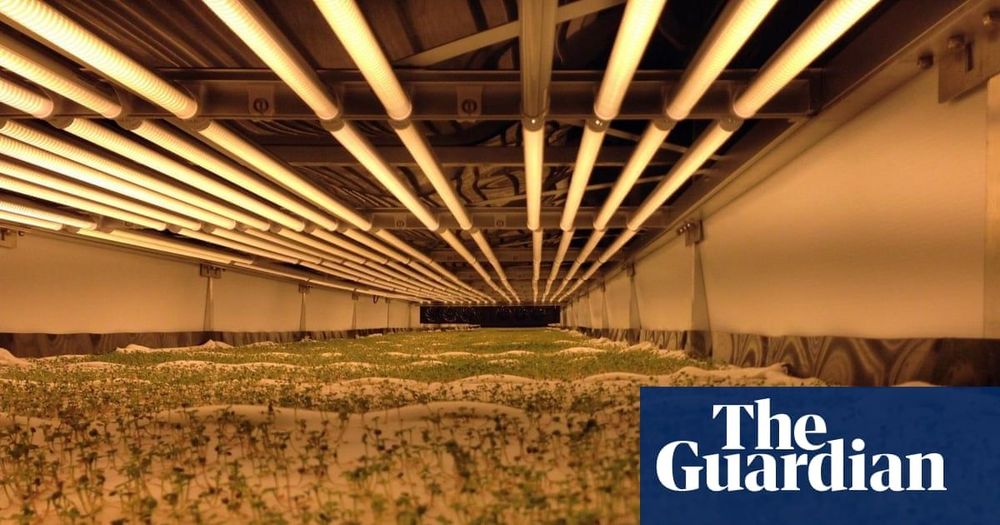

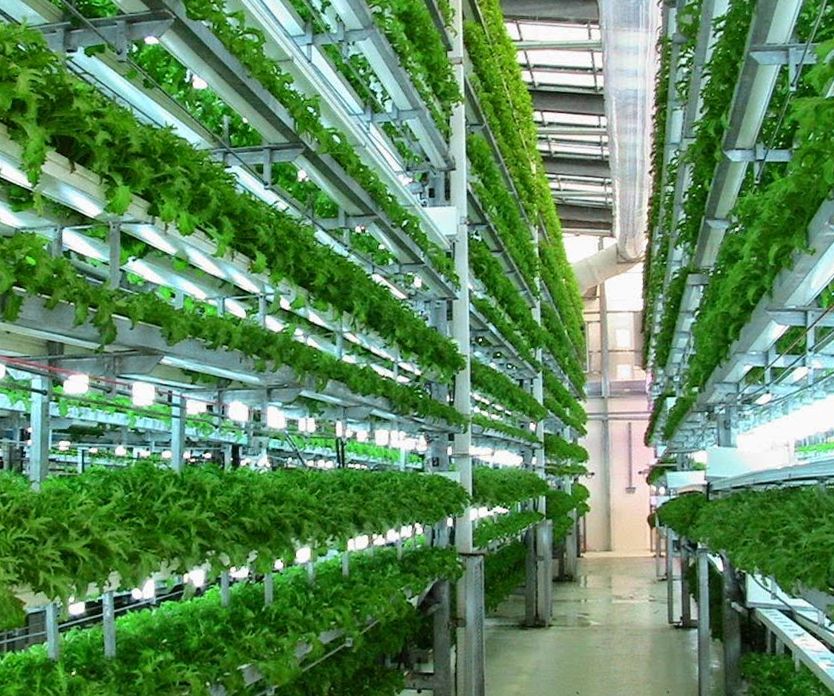
Circa 2016
Taking vertical urban indoor farming efficiency to the next level, a new automated plant coming to Japan will be staffed entirely by robots and produce 30,000 heads of lettuce daily.
The so-called Vegetable Factory is a project of Spread, a Japanese company already operating vertical farms. Located in Kyoto, its small army of bots will various seed, water, trim and harvest the lettuce. Spread’s new automation technology will not only produce more lettuce, it will also reduce labor costs by 50%, cut energy use by 30%, and recycle 98% of water needed to grow the crops.
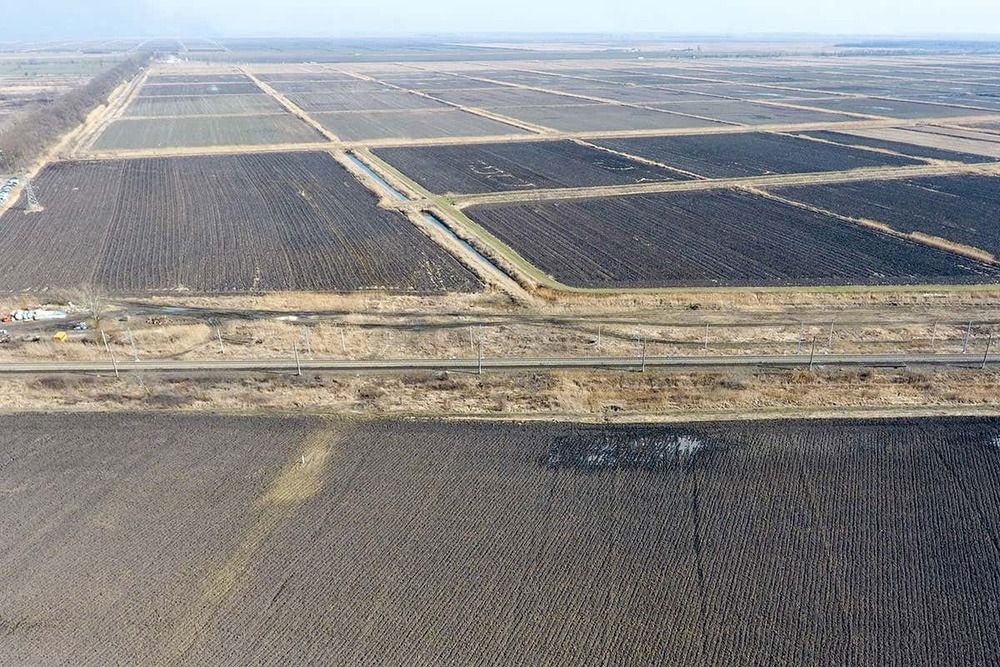

Satellite and Earth observation startup Capella Space has unveiled a new design for its satellite technology, which improves upon its existing testbed hardware platform to deliver high-resolution imaging capable of providing detail at less than 0.5 meters (1.6 feet). Its new satellite, code-named “Sequoia,” also will be able to provide real-time tasking, meaning Capella’s clients will be able to get imaging from these satellites of a desired area basically on demand.
Capella’s satellites are “synthetic aperture radar” (SAR for short) imaging satellites, which means they’re able to provide 2D images of the Earth’s surface even through cloud cover, or when the area being imaged is on the night side of the planet. SAR imaging resolution is typically much higher than the 0.5-meter range that Capella’s new design will enable — and it’s especially challenging to get that kind of performance from small satellites, which is what Sequoia will be.
The new satellite design is a “direct result of customer feedback,” Capella says, and includes advancements like an improved solar array for faster charging and quicker recycling; better thermals to allow it to image for longer stretches at a time; a much more agile targeting array, which means it can switch targets much more quickly in response to customer needs; and a higher bandwidth downlink, meaning it can transfer more data per orbital pass than any other SAR system from a commercial company in its size class.
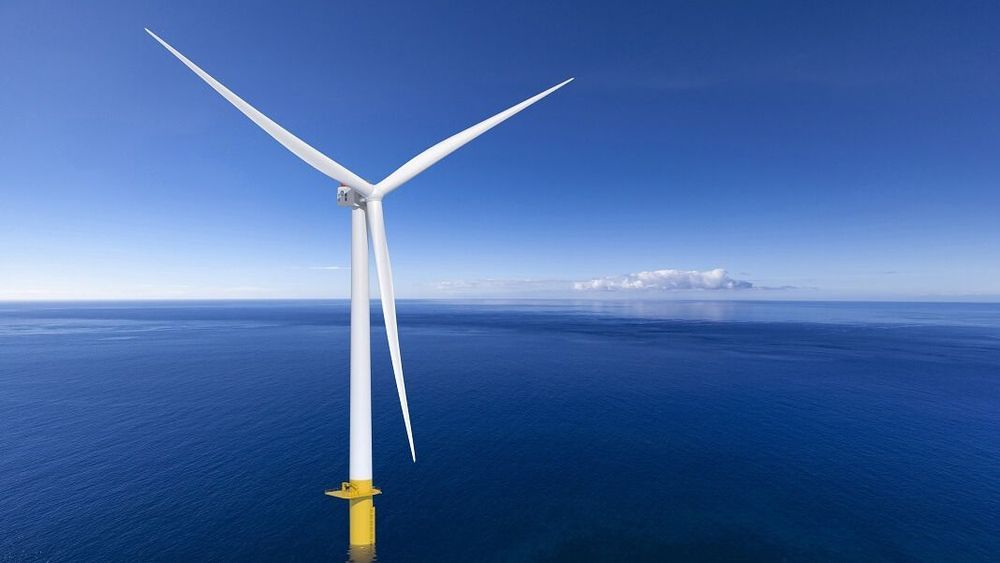
But a new figure blows all of these out of the water. Last week, British renewable energy developer SSE announced construction of Dogger Bank Wind Farm off the eastern coast of England in the North Sea.
With a capacity of 3.6 gigawatts (GW), Dogger Bank will be three times bigger than the world’s biggest existing wind farm, the nearby 1.2 GW Hornsea One.
Located near a seaside town called Ulrome, which is 195 miles north of London, Dogger Bank will have three separate sites—Creyke Beck A, Creyke Beck B, and Teesside A—each with a 1.2 GW capacity, and construction is slated to take two years.
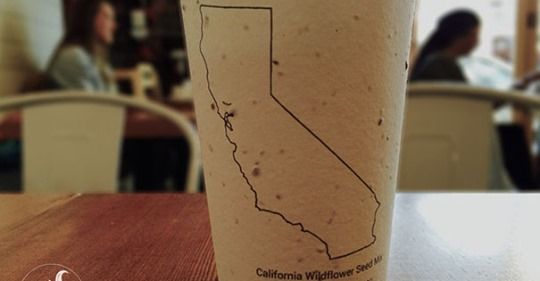
It’s no surprise that the world is wasting billions of dollars on food, throwing out un-recycled trash, and filling landfills with other odds and ends. In fact, according to the Environmental Protection Agency, as of 2012 Americans generated 251 million tons of trash or garbage. Yikes!
There are creative ways to reduce the amount of waste such as source reduction, recycling, or even composting. A few people in the world strive to live an almost complete waste-free lifestyle by the practice of humanure.
We see refuse receptacles at work and around public places. However, even when garbage and recycle bins are available, some folks choose to throw away trash mindlessly by littering. What if there was a way to help reduce waste that goes beyond making sure trash gets into a bin?
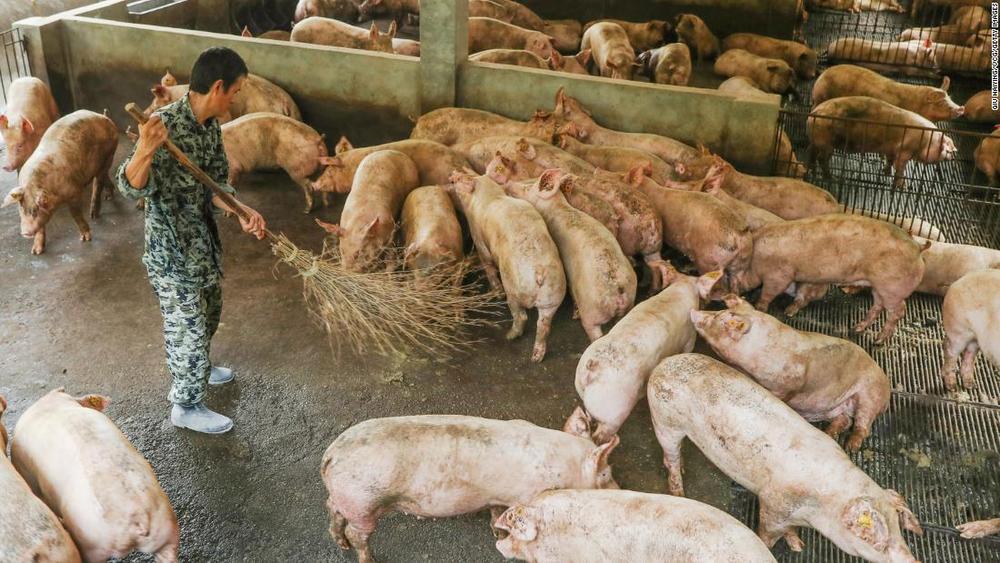
African swine fever has wiped out a third of China’s pig population. Now government officials are discussing dramatic steps to stabilize the world’s largest pork market.
Pork is a huge deal in China. The country is home to half of all the pigs on the planet. The meat is a staple of the Chinese diet, which means its scarcity could damage China’s social stability. The outbreak of swine fever also threatens to upend the global pork supply chain.
While Chinese authorities have already made plans to shore up the pig market — including subsidies for pig farms and families who may struggle with soaring prices — they’re stepping up efforts to deal with the crisis.

Here’s the Hummer HX electric SUV/truck. It’s envisioned as being able to compete with and beat the Tesla Cybertruck, but can Hummer really make a comeback?
The Hummer HX is a two-door off-road concept compact SUV that was revealed at the 2008 North American International Auto Show by General Motors. It has now resurfaced as the possible design direction GM will take with the upcoming electric Hummer.

Cuba is the most sustainably developed country in the world, according to a new report launched on November 29. The socialist island outperforms advanced capitalist countries including Britain and the United States, which has subjected Cuba to a punitive six-decades-long economic blockade. The Sustainable Development Index (SDI), designed by anthropologist and author Dr Jason Hickel, calculates its results by dividing a nation’s “human development” score, obtained by looking at statistics on life expectancy, health and education, by its “ecological overshoot”, the extent to which the per capita carbon footprint exceeds Earth’s natural limits. [block: views=node_blocks-related].
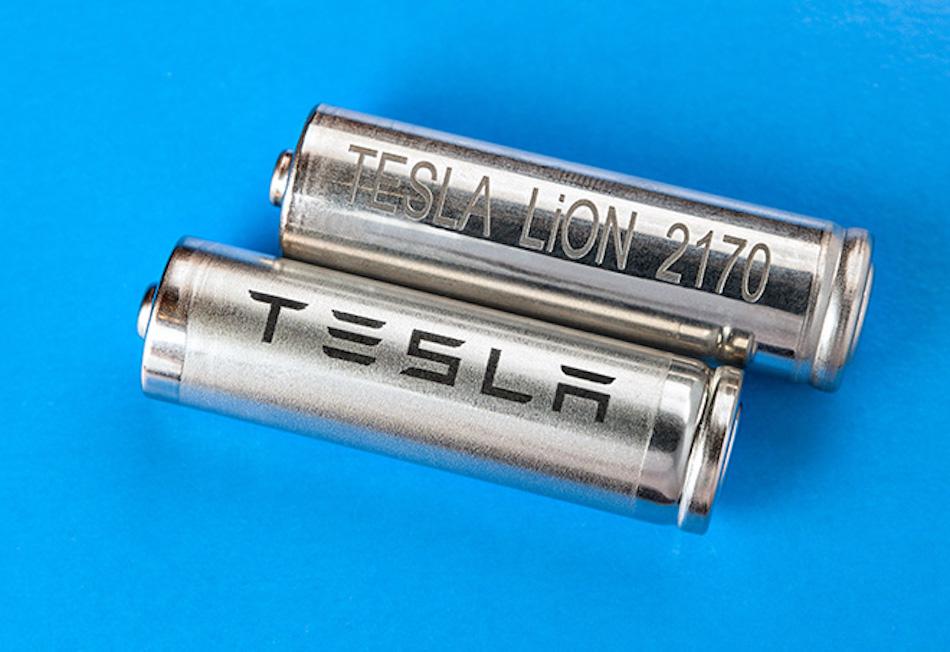
How long should an EV battery last? Elon Musk seems to think that a million miles is just about right — last April he announced that Tesla had a “1 million-mile battery pack” in the pipeline. That’s an ambitious goal, to say the least — do we really need a battery that lasts three to four times as long as a typical car? We will.
Source: Charged
As a recent article posted on Forbes points out, while today’s typical Li-ion battery packs are more than adequate for individual EV owners, applications such as taxi services and long-distance trucking will require batteries optimized for longevity (according to writer Ariel Cohen, the average trucker logs some 100,000 to 150,000 miles per year). Thus, long-life batteries are likely to be critical to the success of the Tesla Network (a proposed fleet of robo-taxis) and the Tesla Semi.